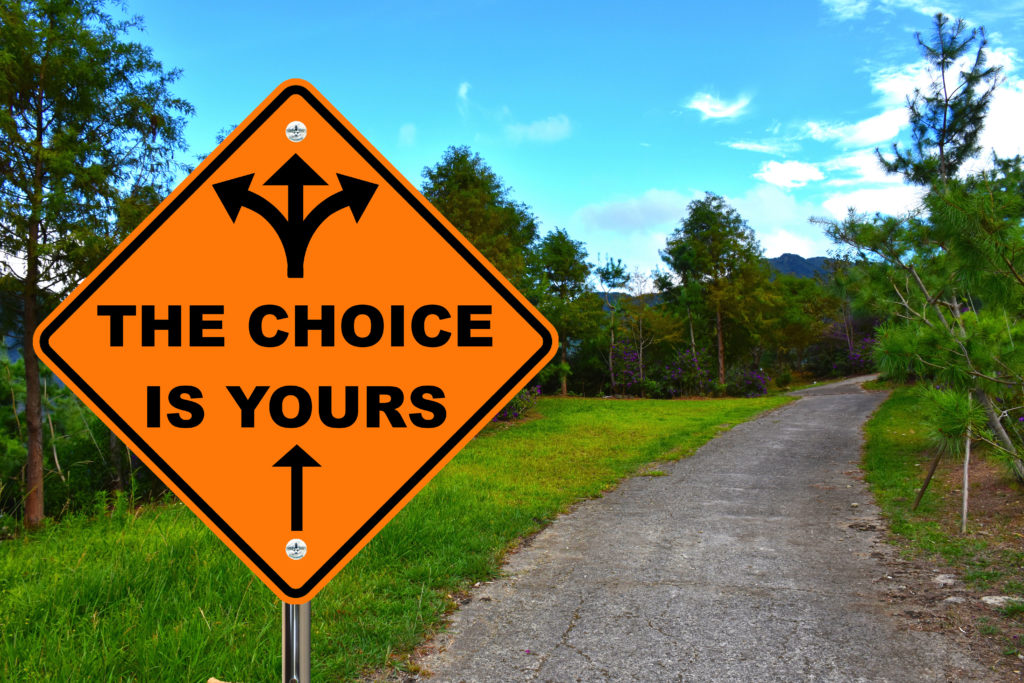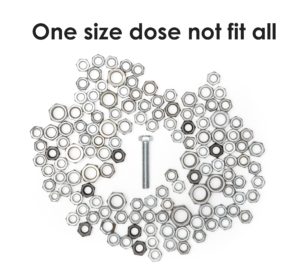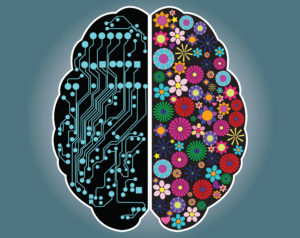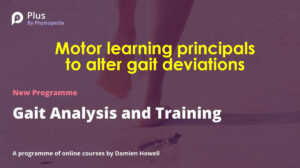Choice of feedback for learning new movements

A common practice when addressing painful musculoskeletal pain syndromes is the symptom modification procedure. This procedure involves identifying the specific movement, posture, and/or activity that reproduces the patient’s symptoms. The symptom modification procedure alters performance. It is relatively quick as it occurs in one session.
Altering performance is different than learning.
An altered performance is temporary change behavior, whereas learning is a relatively permanent change in behavior or knowledge that supports long-term retention.
The most effective way to progress from an altered performance to a learned behavior uses science and principals of motor learning, but also uses art and creativity.
Learning takes time and practice. Learning involves feedback.
Feedback can come from self, coaches, trainers, Physical Therapists, and/or peers. When someone besides self is providing the feedback providing the individual learning the new behavior a choice is important.
Researchers Gabriele Wulf and colleagues provide a theory of optimizing performance through intrinsic motivation and attention for learning. Motivation and attention for learning involve giving performers autonomy. Takehiro Iwatsuki and colleagues showed when it comes to learning new skill providing choices of feedback increases autonomy and the level of engagement by the learner and improves outcomes.
One size does not fit all when it comes to feedback. One type of feedback does not fit all when it comes to learning a new skill.

When choosing feedback to learn choices are wide and varied. We can choose:
- Knowledge of performance versus knowledge of results, or both. Both types of feedback are effective at improving skilled motor activity, but the knowledge of the performance group showed better improvement than the knowledge of results.
- Feedback with focus of attention intrinsic, extrinsic, or both.
- Visual, auditory, &/or kinesthetic feedback. A prevailing theory is individuals have a preferred sense when it comes to learning. Most individuals profess they learn better if they can see it.
- Pain or no pain – automatic instinct is to move in a manner that avoids pain. Conversely sometimes to improve sports performance training to pain threshold is beneficial.
- When to get feedback; continuous versus occasionally
- Cues that use positive placebic words versus negative nocebic words.
- Feedback with focus on strengths versus weaknesses.
- Feedback from self, expert, and/or peer
- Movement analogies or biomechanical metaphors can provide valuable feedback when learning new physical skills.
- Feedback which is distributed over time versus cramming mass practice?
Again, one size does not fit all. An individual striving to improve their movements, skills in sport can consider the above list of feedback options to optimize the effectiveness and efficiency of learning a new physical skill.
Science & Art of Providing Feedback
Art of Feedback

A coach, trainer, Physical Therapist can identify and create feedback options for the individual to choose from.
For example, if the observed gait deviation is too long a step or stride and too slow a cadence (steps/minute) the coach, trainer &/or Physical Therapist can offer the client options of feedback to choose from.
- Knowledge of performance real-time feedback for more appropriate cadence in which the beat of the music is at a rate of 120 beats per minute (march music) versus knowledge of results counting the number of times the right foot hits the ground after completing one lap of a track. Let the client choose whether they like the feedback during performance or results after performing the movement.
- Focus of the verbal cue which is intrinsic take shorter steps more steps per minute, or extrinsic feedback which is the audible sound of a metronome set at a specific cadence. Let the client choose whether they like the intrinsic cue and/or the extrinsic cue.
- Visible cue laser light attached to cane or shoe for appropriate step length or an auditory cue of the sound of metronome for specific cadence, or a kinesthetic cue your step length should feel shorter. Let the client choose whether they like the visual, auditory, or kinesthetic
- Your cadence is good when you run with partners to whom you can meld your cadence to match your partner; however, your cadence is not so good when you run alone. Choose whether you practice more during your strength or during your weak time. Let the client choose whether to work on their strength or weakness, or whether to receive only positive feedback or negative
- Walking with shorter steps and more steps per minute is analogous to either walking like a short person or walking barefoot on hot sands, which analogy works better for you. Let the client choose which analogy seems to work better.
The above list provides examples of how to apply choices of feedback to address one gait deviation to optimize learning new movements. The concepts and processes can be applied to other movement deviations to treat an injury, prevent injury, and/or improve sports skills. The concepts and processes can be applied to learn new movements.
Science suggests feedback, which is an external focus of attention, visual is optimal for learning and retraining new movement. Art is in the eye of the beholder. Combining what science suggests with having control of what and when the feedback you receive improves learning and retention.
An on demand-video webinar exploring this topic is available at Plus by Physiopedia entitled “Motor learning principles to alter gait deviations”.
Use this code – “Damien25” for a 30% discount to access this webinar as well as the more than 500 continuing education webinar courses available at Plus by Physiopedia. This is the link http://bit.ly/DAMIEN25 with the 30% discount code embedded.
The information on this website is not intended or implied to be a substitute for professional medical advice, diagnosis, or treatment. You are encouraged to perform additional research regarding any information contained available through this website with other sources and consult with your physician.
Damien Howell Physical Therapy – 804-647-9499 – Fax: 866-879-8591 At-Home, At Office, At Fitness Facility – I come to you, I do home visits Damien@damienhowellpt.com

